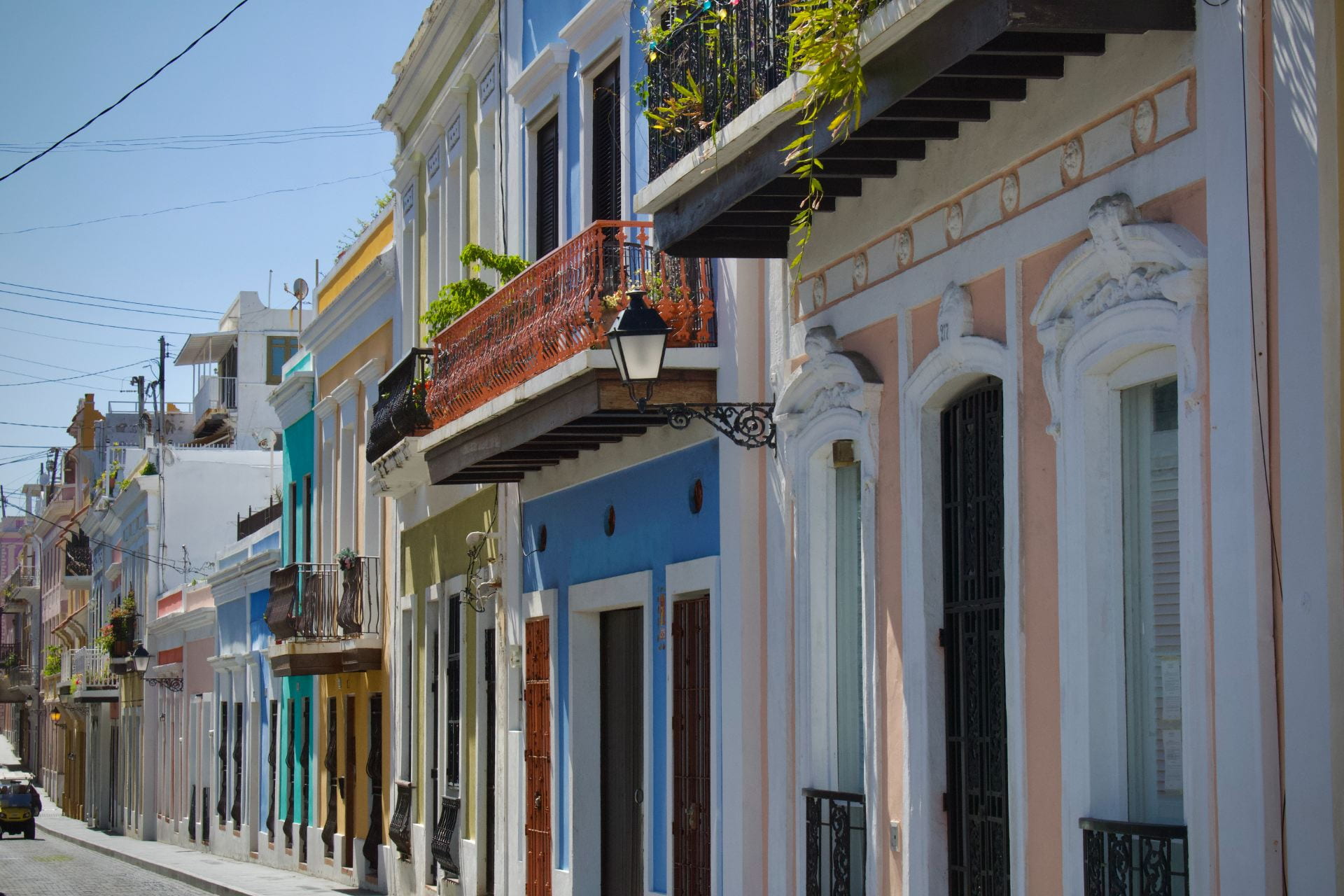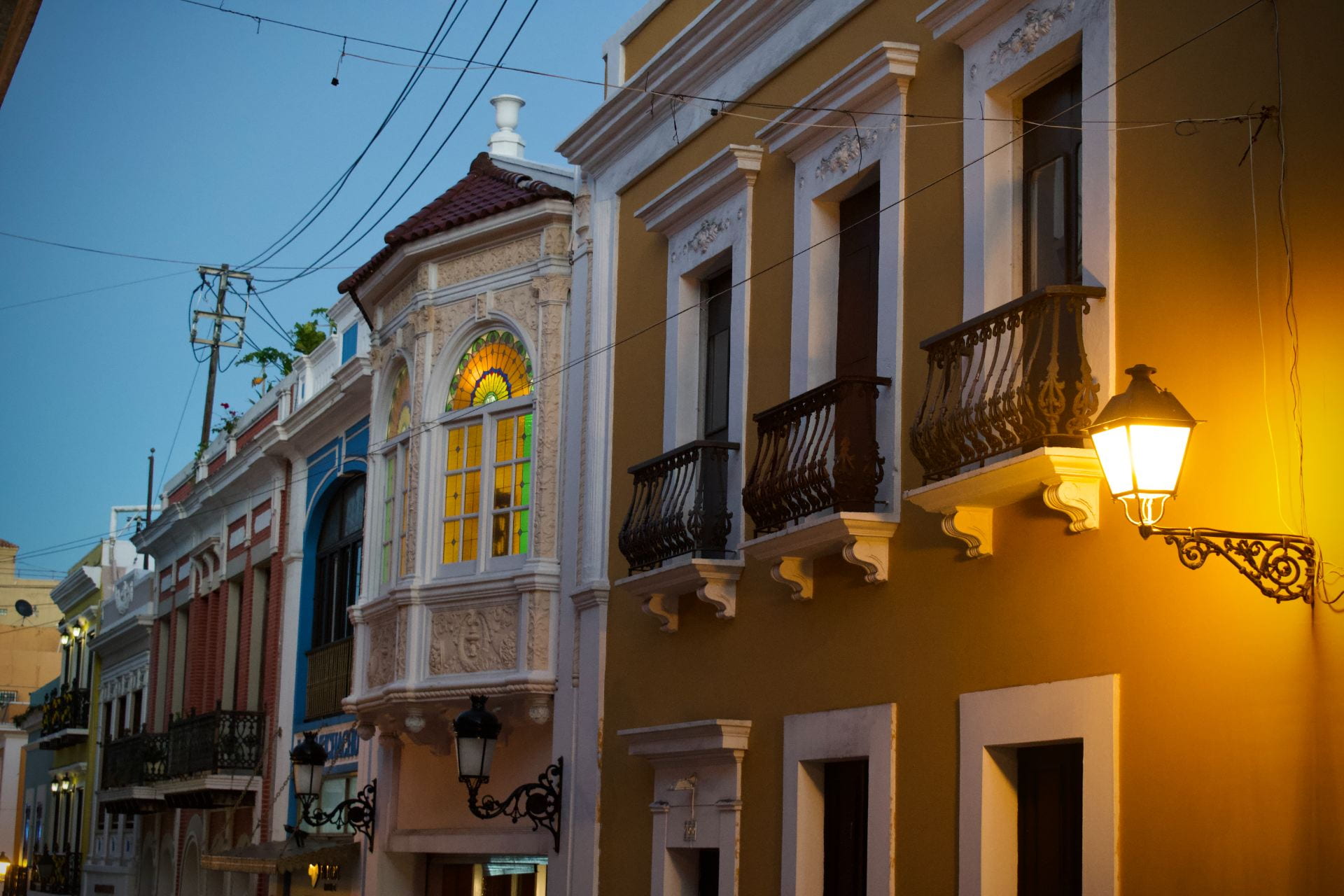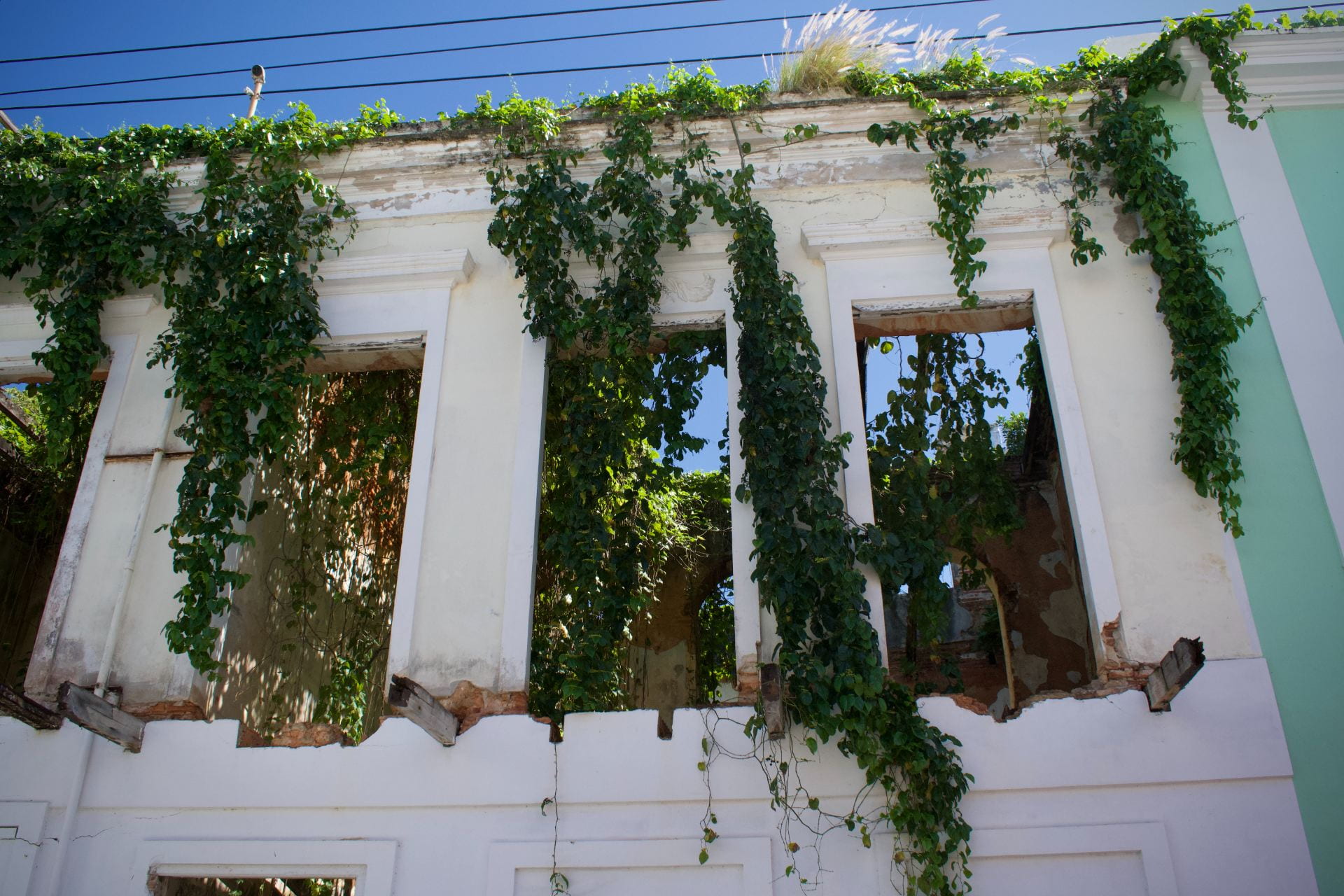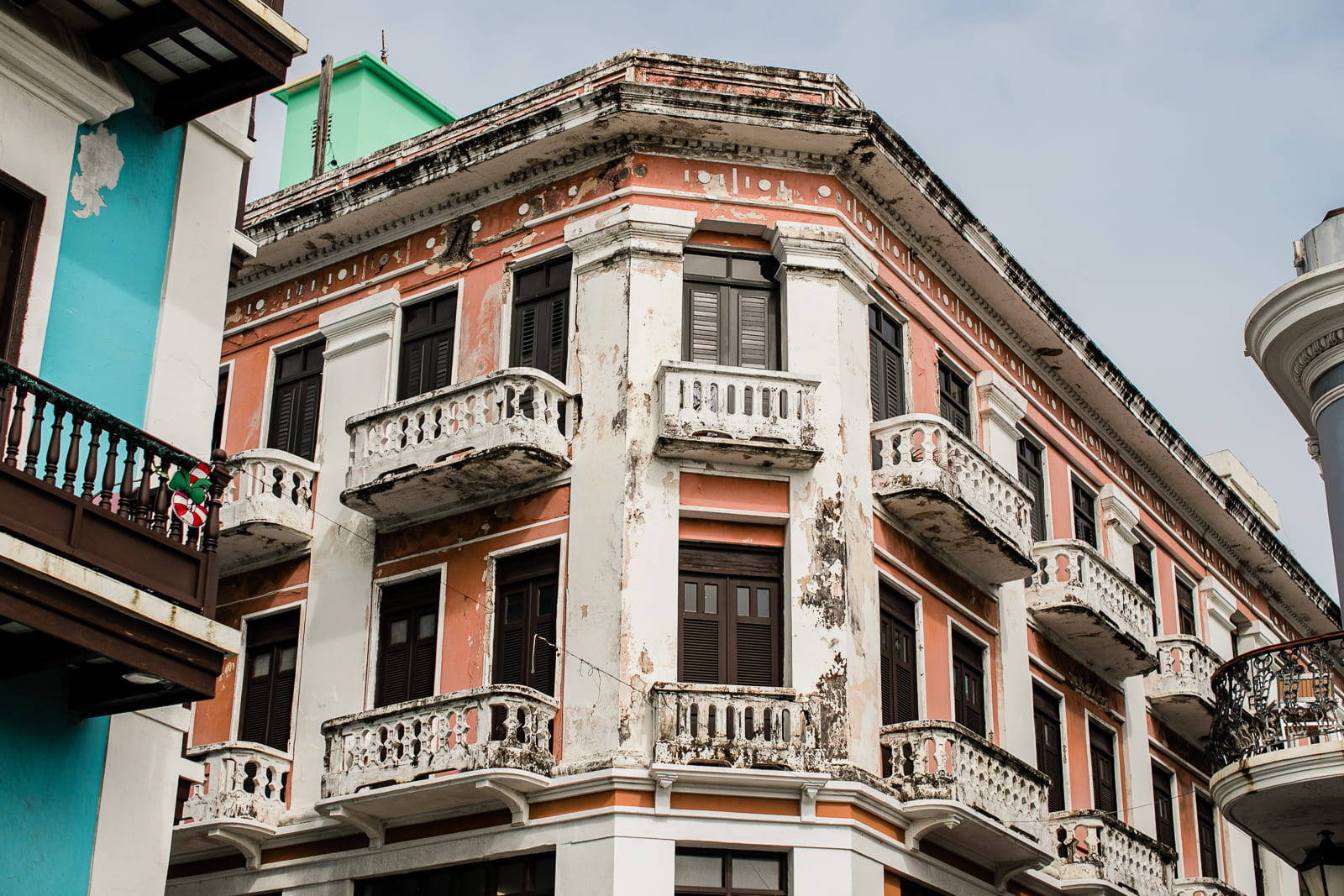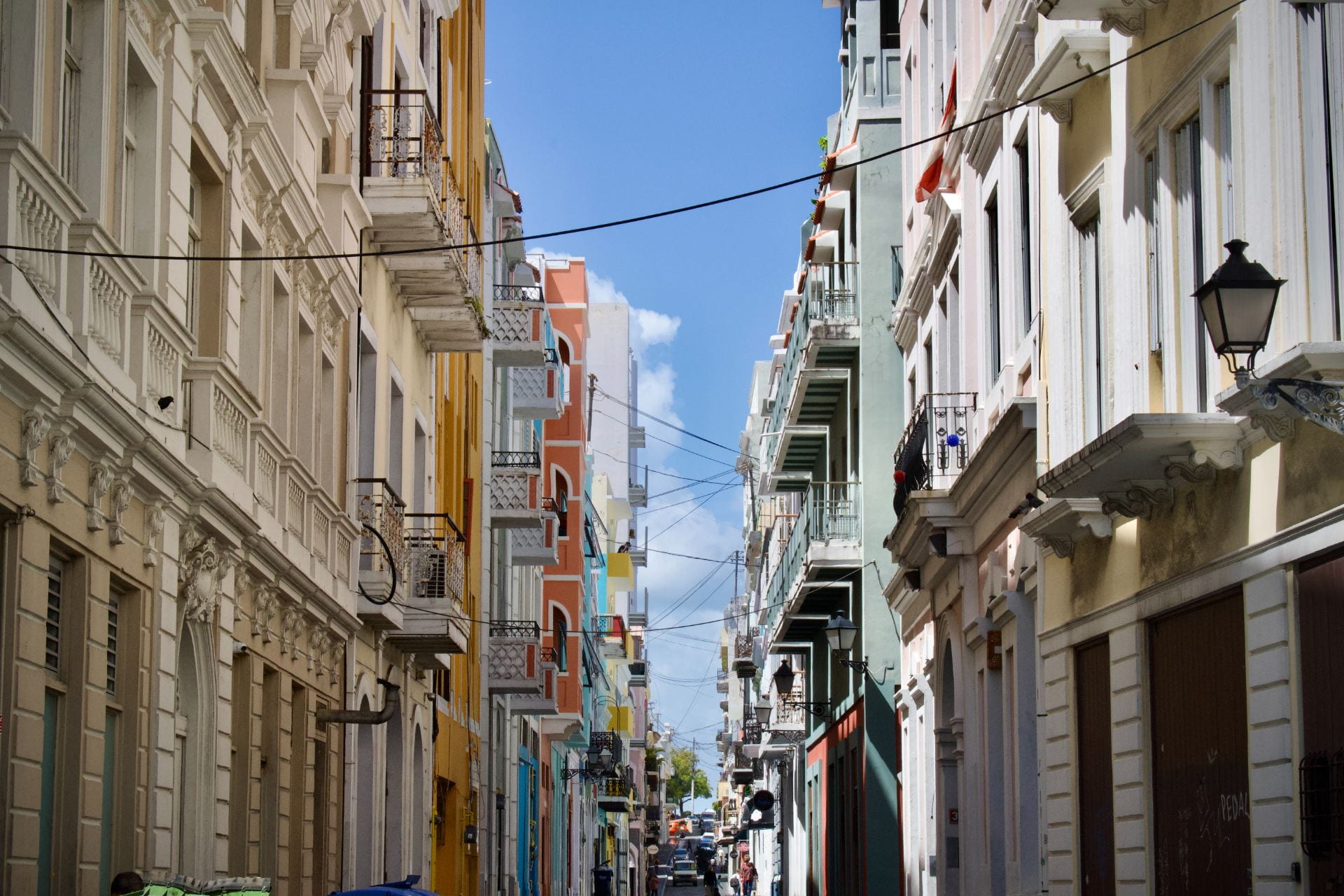By Ilana Gersten and Amanda LaRiviere
OLD SAN JUAN, Puerto Rico ⏤ Surrounded by information pamphlets and maps, Yamirelys Ortiz, a guide at the tourism office for the municipality of San Juan, directed sightseers to some of the historic district’s most popular attractions. Tourists don’t need to wander far from the office to find row after row of Old San Juan’s Gothic, Baroque and Renaissance style architecture—it’s right outside the door.
“Many people come here looking for the typical colors and architecture of the houses,” said Ortiz, as she sat at the information desk.
Photos by: Amanda LaRiviere, Elisabeth Hadjis, Sofia Pérez
But while the tourists stand in awe of the eclectic architecture, with its array of bright colors, detailed metal balconies and intricate trims, what they don’t know is that many of the stunning buildings are deserted.
“The problem is that when you walk on the street, you will see an old facade,” said architect Andy Rivera. “But you can’t tell if it’s abandoned or not because behind the facade, it will have to be an empty lot. All you’re gonna see is the shell.”
Rivera is the president and founder of the Puerto Rico Historic Building Drawing Society (PRHBDS). The society consists of professionals from a variety of disciplines, including architects, engineers, urban planners, historians and designers. Together, they work to preserve approximately 1,200 historical structures and sites on the island, including Old San Juan’s architecture.
Due to the amount of abandoned buildings in Old San Juan, architects and historians have pushed for more renovations, and renovations done right. Rivera hopes that instead of using cheaper materials to save money, architects will return to using the historical materials so the city can continue to stand the tests of time.
“Just build them the way they were originally built,” said architect Christopher Young of Young and De la Sota Architects. “They lasted for years and years that way.”
While the building’s cement interiors have degraded over time due to natural disasters and cheaper attempts at restoration, the outer portions remain largely intact. Rivera and Young attribute the survival of these buildings to the sturdy materials they were built with 500 years prior—brick and a Puerto Rican wood called “al sabo”—and its original, defensive design.
“The buildings are like military buildings,” said Rivera, adding that structures in Old San Juan were built to withstand attacks in the 1500s, despite being protected behind Castillo de San Felipe del Morro, a fortress of defensive walls. “The buildings are practically attached to each other, side by side.”
The interconnected structures provide support for one another, keeping the block sturdy.
“Because they’re square that means that there’s a lot of depth from one side of the block to the other, one street to the other,” said Young.
Even Ortiz, who is not an architect, acknowledges the extreme durability of the historic district. While the center of the island endures recurring damage due to weaker infrastructure, the fact that Old San Juan’s architecture has survived similar conditions has allowed Ortiz to continue to lead tour groups through the city.
“Many buildings in Old San Juan have good material,” said Ortiz. “So the construction is very strong. Thanks to that many buildings survive.”
